Donburi
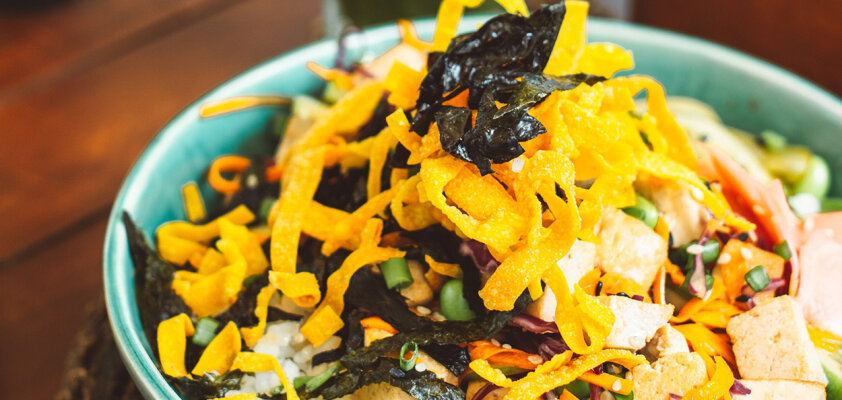
"The Bowl" – the literal translation of Donburi – may not sound particularly original, but Donburi is anything but ordinary. Discover the delicious forms a bowl of rice can take.

Recipes in this blog post:
Comfort food for body and soul
Rice with toppings? Nutritious, warming, quick, and delicious all at once. Plus, it's easy to eat: it's just a bowl. Japanese people thought of this concept during the Edo period (1603-1868) and served it to spectators of Noh theater performances. After two and a half hours of the show, guests would inevitably get hungry, and unlike in some other cultures, eating and drinking in the theater is not frowned upon in Japan even today.
In the subsequent Meiji era (1868-1912), Donburi became a ubiquitous dish, especially when time was tight and the work was hard. The popular Donburi continued to evolve into a plethora of specialties – each region has its own recipes.
However, Japan is not the only country that enjoys rice with piled-on toppings: In Korea, there's the popular Bibimbap, a spicier version of Donburi, where various leftovers are often prepared with chili paste and placed on top of rice. In the Philippines, a similar dish is simply known as Rice Toppings.
Donburi Guide: How to recognize the bowls
You can enjoy Donburi with almost anything you like: Tofu, vegetables, egg, caviar, fish, or meat – the latter ingredients play a particularly important role in this specialty. All these dishes carry the suffix Don 丼 – not to be confused with Udon, the thick noodles often found in soups – indicating what sits atop the rice. The rice often bears the abbreviated name of the ingredient. The following variations are popular Donburi dishes:
- Unadon 鰻丼 for Eel – known as Unagi in Japan
- Gyudon for Donburi with beef
- Tamagodon 玉子丼 for scrambled eggs on rice
- Even schnitzel is part of this specialty: This Donburi is called Katsudon カツ丼
- Tempura on rice is called Tendon 天丼, short for Tempura Donburi
- Butadon 豚丼 for the pork bowl
- Donburi with chicken and egg has an interesting name: Oyakodon 親子丼 means "Parent and Child Don(buri)". Spring onions are also added
- Tekkadon 鉄火丼 is Donburi with tuna
- A bowl of Donburi with curry is called Karedon カレー丼
- Teriyaki and rice go great together in Teriyakidon 照り焼き丼
- You can also make Sashimi and other seafood on rice: Then you get the somewhat more expensive Kaisendon 海鮮丼
- From Hokkaido comes the colorful Uni Ikura Donburi: Rice with sea urchin and caviar. What may sound unusual is especially served on the northern island during New Year's
How do you eat donburi in Japan?
Another unique aspect of Donburi is the accompanying sauce, in which the ingredients are often simmered along with onions and other vegetables. The sauce typically consists of Dashi fish broth, soy sauce, and Mirin, sweet sake, and can vary depending on the ingredients, region, season, and, of course, the cook. Sugar and sake are also common additions. Finally, the dish is often crowned with a raw egg or mayonnaise.
A very popular side dish for Donburi is Miso soup. Both dishes are eaten with chopsticks, even though it might seem unusual for rice – but in Japan, it's sticky enough to adhere well to the utensils. Using a spoon could disrupt its texture.
Today, Donburi is an integral part of Japan's fast-food restaurants. You can order them at special machines: Visitors purchase a ticket and redeem it at the counter. In the kitchen, it is then prepared within a few minutes. Such a bowl typically costs an average of 500 yen (about 4 euros): a sum that leaves you more than satisfied. Some restaurant chains have made "fast food" Donburi their trademark: Yoshinoya, Tempura Tendon, Sukiya, and many others. Their colorful menus feature enticing photos of rice bowls.
Donburi not only tastes good and fits into the short lunch break of office workers, but it can also bring luck: In Japanese, Katsu can also mean "win." That's why students often eat a bowl of Katsudon before important exams to achieve particularly good results. In Katsudon, alongside rice, Tonkatsu, specifically breaded pork, takes the lead.
Classic Japanese recipe for gyudon
Unagi Donburi – Unadon – with eel was the first form of the rice dish. Gyudon, known as the "Beef Bowl," is now, on the other hand, the most popular. Tender beef, sweet onions, and a savory sauce: Who can resist? Here's how you can cook the Japanese comfort food classic at home.
 2 personsNo. of persons
2 personsNo. of persons
 ca. 30 minutes Preparation time
ca. 30 minutes Preparation time
 ca. 45 minutesTotal Time
ca. 45 minutesTotal Time
 easyLevel of difficulty
easyLevel of difficulty
 main mealDish
main mealDish
 Meat
Meat
 Fish
Fish
 Eggs
Eggs
 Alcohol
Alcohol
 Kitchenware
Kitchenware
|
400g
steamed round grain rice, e.g. for sushi
|
|
340g
thinly sliced beef
|
|
1/2
onion
|
|
2
spring onions
|
|
120ml
dashi fish stock (or vegetable stock)
|
|
2 tbsp
soy sauce
|
|
2 tbsp
mirin
|
|
1 tbsp
sake
|
|
1 tbsp
sugar
|
|
2
eggs(optional)
|
|
2 tbsp
pickled ginger (optional, for serving)
|

Traditional oyakodon
Oyakodon 親子丼 is one of the classic dishes of Japanese home cooking. Translated literally into German, Oyakodon means "Parent-Child Bowl," describing the ingredients chicken and egg, which are served together with rice in a bowl. It is one of the many variations of the Japanese rice bowl dish Donburi, where rice is filled into a bowl and covered with additional ingredients. In addition to the main ingredients rice, chicken, and egg, a different sauce is chosen depending on the region and season. Often, Dashi (fish broth) or Mirin (rice wine) are the bases on which the light or dark sauce is built. Those looking to enjoy traditional Oyakodon during a trip to Japan can often find it on the menu in soba restaurants or other traditional establishments.
 1 portionNo. of persons
1 portionNo. of persons
 ca. 20 minutesTotal Time
ca. 20 minutesTotal Time
 easyLevel of difficulty
easyLevel of difficulty
 main mealDish
main mealDish
 700kcalCalories
700kcalCalories
 Meat
Meat
 Eggs
Eggs
 Alcohol
Alcohol
 Kitchenware
Kitchenware
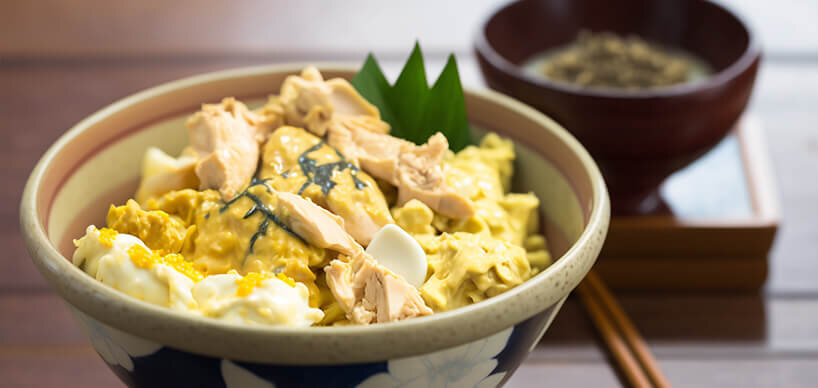
|
150g
Chicken meat
|
|
2 cups
rice
|
|
2
eggs
|
|
2 tbsp
dashi or vegetable stock
|
|
2 tbsp
mirin
|
|
2 tbsp
soy sauce
|
|
100ml
water
|
|
1 tbsp
sugar
|
|
1 tbsp
sake
|
|
1/2 piece
onion
|
|
Peas or spring onions for decoration
|


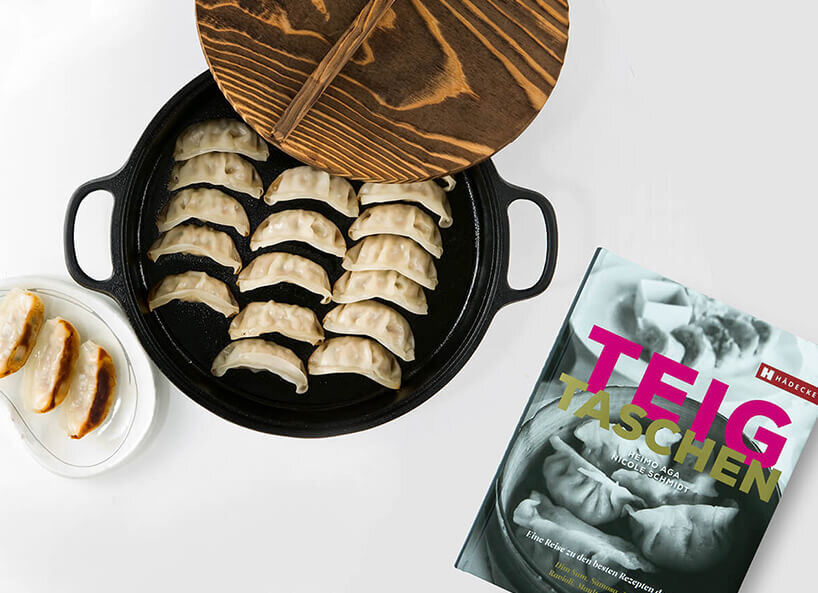
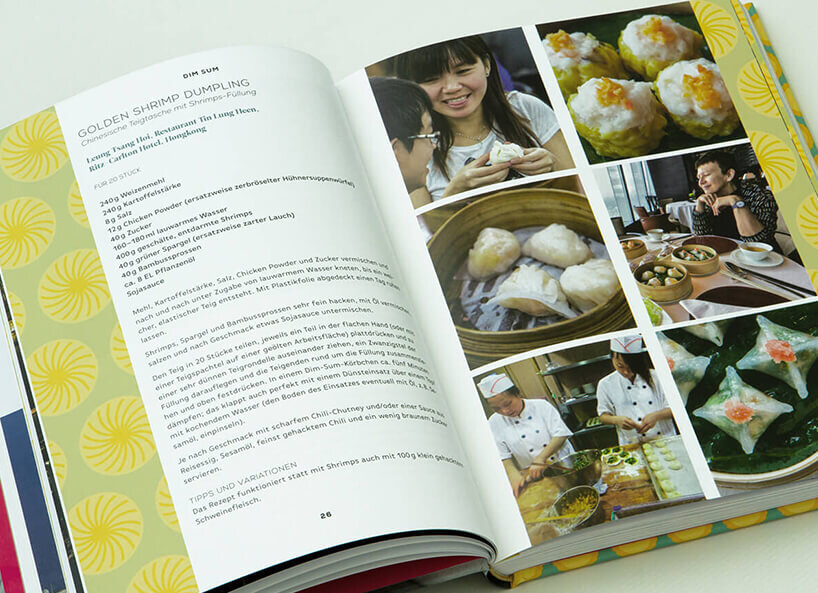
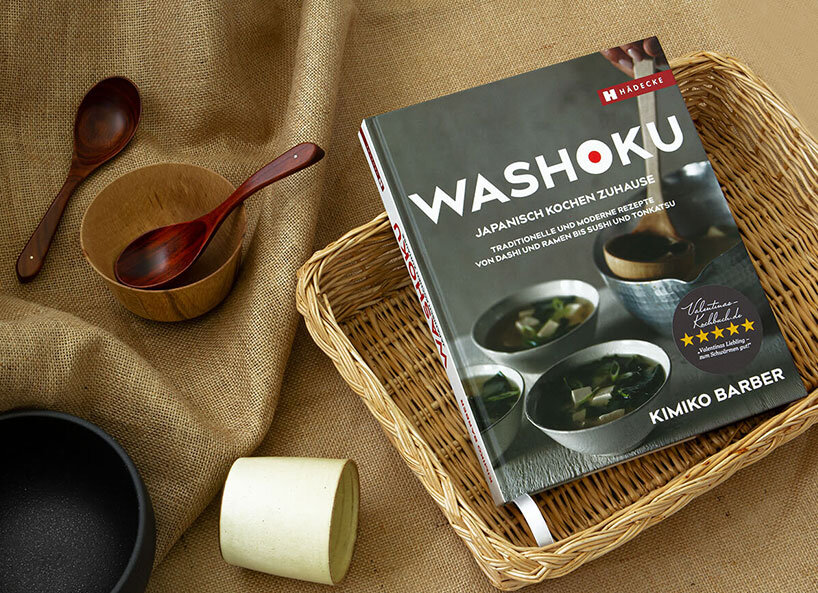
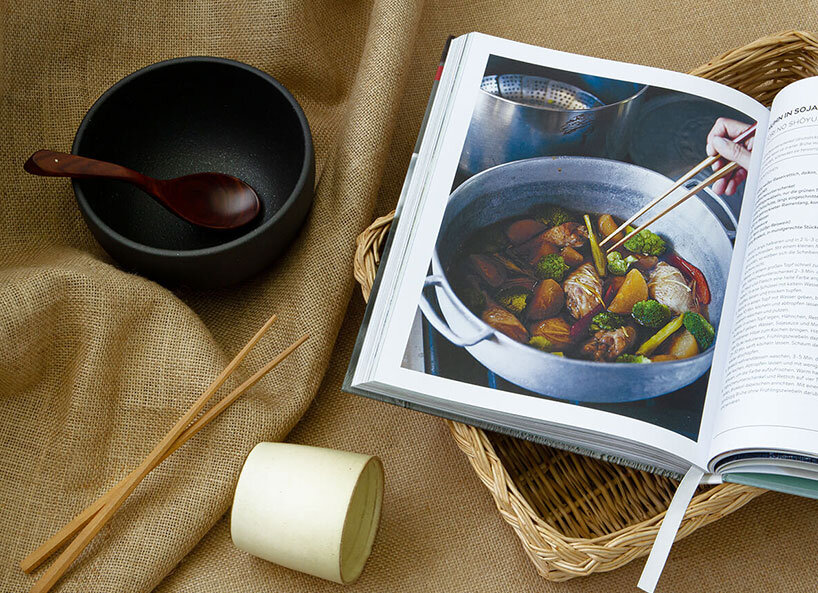
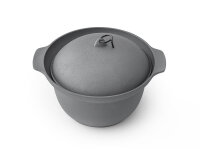

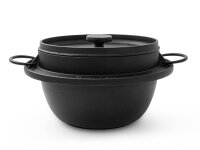











-from-the-yakiyaki-grill-pan.jpg)




